Like my AS studies I again used iMovie for editing my music video, however this time we did not need to use Garageband as we already had a soundtrack.
I found iMovie again easy and accessible to use for editing, however this time I found the problem of unwanted background noise invading some of my clips, even if they were muted, and I could not seem to get rid of this even after reediting the clips with said problem.
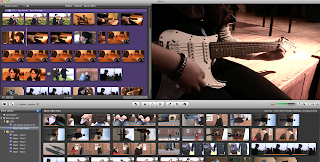
Filters:
For some of my scenes where the couple are together I varied between using "Romantic" and "Dream" filters to represent a dream like memory state, here are some examples:
Both of these are examples of the "Dream" filter which helped to make the scene brighter and happier and fitted with the slow speed of both these clips.
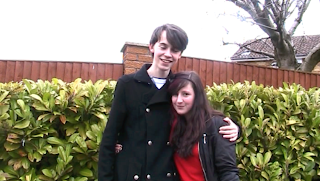
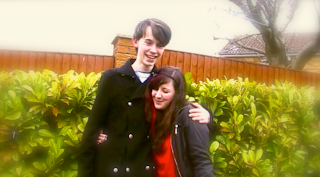
These are examples of clips with the "Romantic" filter on, again to represent a happy memory. This filter helped to blur the edges making the couple the main focus of the scene and helping the audience to perceive this to be a memory/dream.
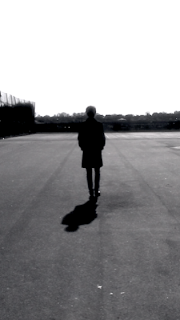
Here a "Bleach Bypass" was used to represent the emotions of the scene, however the silhouetting created here from the filter makes the singer (Sam) seem more isolated and lonely so I decided to keep this effect.
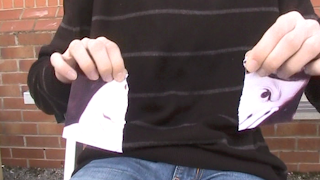
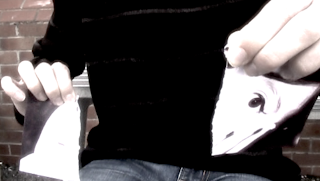
Here it was used to remove a lot of the colour from the clip to reflect the sad emotions of the singer - he himself feels emotionless. I feel this filter was very useful in the effect I wanted to create.
I believe the contrast in the use of these filters emphasises the conflict of emotions the singer is feeling - this is what I wanted to convey to the audience.
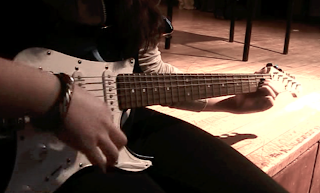
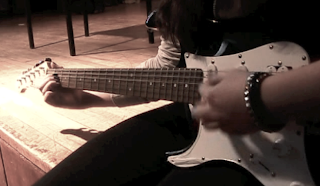
Here I am demonstrating the use of a 'Mirror' filter to flip the clip round, I have chosen to do this to make for more interesting clips. I like the effect this filter portrays when the clips are placed next to each other, it allows for a dizzy and chaotic scene like I achieved with the repetition of the symbols being hit.
Editing:
Here is an example of some clips I used the technique of "Kens Burn" upon, I found this to be useful as it allowed me easily to be able to smoothly zoom in on a clip without having to use the camera to do so.
I often found that when I tried to zoom in on the camera I couldn't achieve it at a constant speed so it looked messy and unsteady, this editing technique was a handy alternative.
I used zoom-ins such as these to highlight a point in the scene, for example shot two is to draw the attention to the couple holding hands rather than the couple itself, whereas shot one is to bring focus upon the singer (voyeurism)
No comments:
Post a Comment